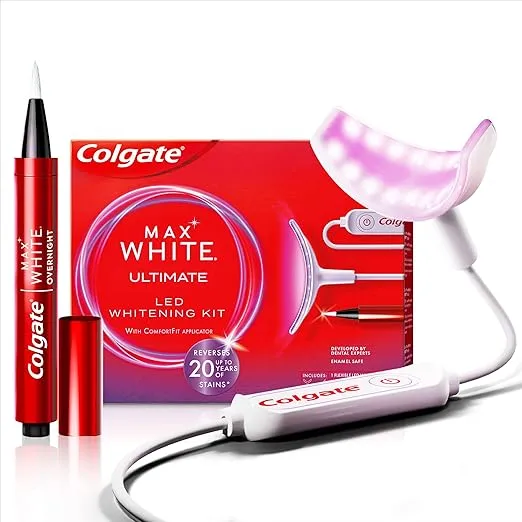In the pursuit of a brighter, more confident smile, LED whitening kits have become a popular choice for at-home teeth whitening. These kits utilize light-emitting diode (LED) technology, often combined with a whitening gel, to remove stains and discoloration from teeth. But with their increasing popularity, a crucial question arises Are LED whitening kits safe? This comprehensive guide delves into the safety aspects of LED whitening kits, examining how they work, potential risks, and how to make informed choices for a dazzling yet healthy smile.
What are LED Whitening Kits
LED whitening kits are essentially at-home teeth whitening systems. They typically consist of a mouthpiece containing LED lights and a whitening gel. The user applies the gel to their teeth, inserts the mouthpiece, and activates the LED light. The light, in theory, accelerates the whitening process, enhancing the effectiveness of the gel. These kits are designed to be convenient and user-friendly, allowing individuals to whiten their teeth in the comfort of their own homes. It’s essential, however, to understand the components and the process to assess their safety properly.
How LED Whitening Kits Work
The core principle behind LED whitening kits lies in the interaction between the LED light and the whitening gel. The gel usually contains hydrogen peroxide or carbamide peroxide, which acts as the bleaching agent. The LED light is believed to catalyze the breakdown of the peroxide, releasing oxygen molecules that penetrate the enamel and break down stain molecules. This process effectively lightens the color of the teeth. The effectiveness of this method depends on various factors, including the concentration of the bleaching agent, the duration of the treatment, and the intensity of the LED light.
The Science Behind LED Technology
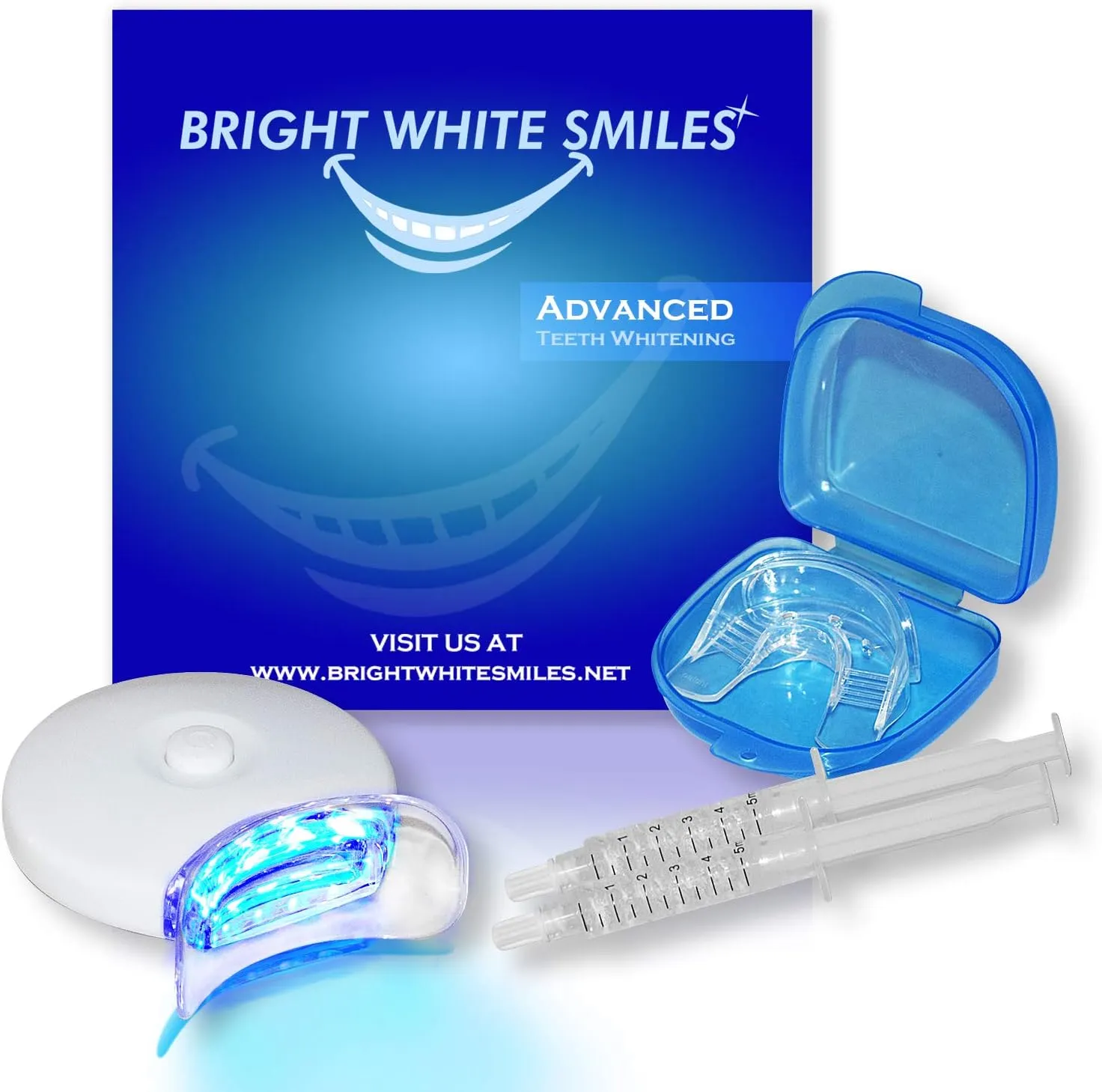
LED (Light Emitting Diode) technology is widely used in various applications due to its efficiency and safety. In teeth whitening, the blue light spectrum emitted by the LED is often utilized. Some studies suggest that this specific light spectrum can enhance the whitening effect of the peroxide gel by accelerating the chemical reaction. However, it’s crucial to note that the primary whitening agent is still the peroxide. The LED light’s role is more of an accelerator rather than the primary cause of whitening. It’s important to understand that the effectiveness can vary depending on the specific kit, the user’s teeth, and the type and concentration of the whitening agent.
LED Whitening Kits Safety Concerns
The primary safety concerns associated with LED whitening kits revolve around the potential for sensitivity and irritation. The strength of the whitening agent, the duration of exposure, and the sensitivity of the individual’s teeth all play a role. Additionally, the quality and design of the LED mouthpiece are important considerations. Some concerns also involve the potential for uneven whitening or damage to existing dental work, such as fillings or crowns. Proper usage, following instructions meticulously, and understanding the potential risks are critical for a safe experience.
Potential Risks of LED Whitening Kits
Several potential risks are associated with the use of LED whitening kits. Tooth sensitivity is one of the most common side effects. This sensitivity can range from mild discomfort to sharp pain, especially when consuming hot or cold foods and beverages. Gum irritation or inflammation is another potential risk, particularly if the whitening gel comes into contact with the gums. In some cases, excessive or improper use can lead to enamel erosion, increasing the risk of cavities and other dental problems. It’s crucial to be aware of these risks and take steps to mitigate them.
Side Effects to Watch Out For
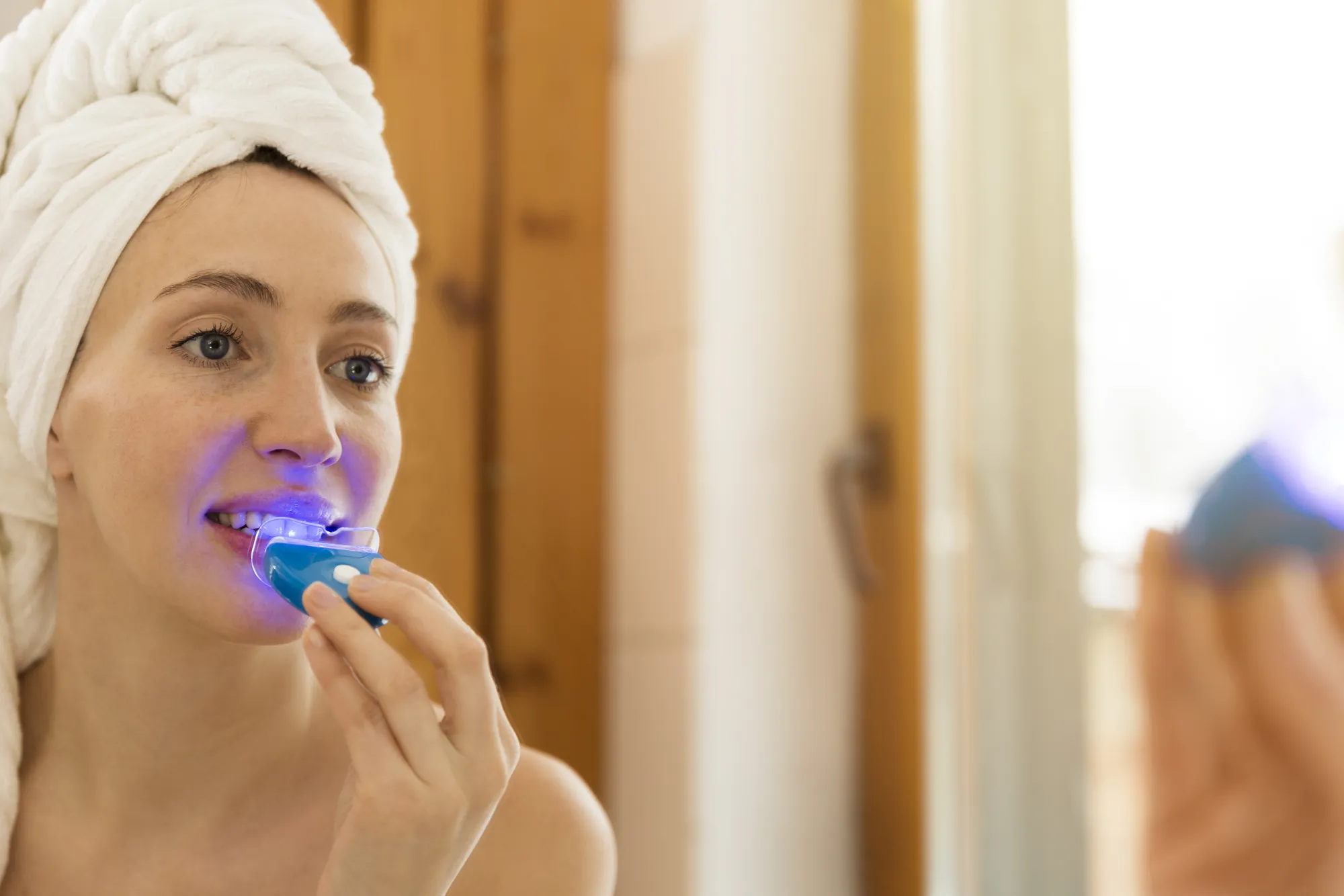
Users of LED whitening kits should be vigilant for certain side effects. Increased tooth sensitivity is a common symptom, often experienced during and after the whitening treatments. Gum irritation, characterized by redness, swelling, or soreness, is another sign of a potential adverse reaction. In rare cases, users may experience changes in the tooth’s surface, such as spots or streaks, indicating uneven whitening or enamel damage. Any unusual or persistent symptoms should be promptly addressed with a dentist. Being aware of these potential side effects empowers users to take proactive measures and make informed decisions.
How to Minimize Risks
Several steps can be taken to minimize the risks associated with LED whitening kits. Always follow the instructions provided with the kit carefully. Avoid overusing the kit or exceeding the recommended treatment duration. If you experience tooth sensitivity, consider reducing the treatment time or frequency, or consult with your dentist about using a desensitizing toothpaste. Protect your gums by ensuring the whitening gel doesn’t come into contact with them. If you have existing dental work, such as fillings or crowns, consult with your dentist before using the kit to ensure it’s suitable for you. Proper usage and awareness are vital.
Choosing a Safe LED Whitening Kit
When selecting an LED whitening kit, it’s important to choose a product from a reputable brand. Research the brand and read reviews to gauge the experiences of other users. Look for kits that have been approved by dental professionals or organizations. Consider the concentration of the whitening agent in the gel. Lower concentrations might be gentler on your teeth, although they may require more applications. Ensure the kit includes clear instructions and safety guidelines. Avoid kits with exaggerated claims or promises of rapid results. Prioritizing quality and safety will increase the likelihood of a positive and safe teeth-whitening experience.
Ingredients to Avoid
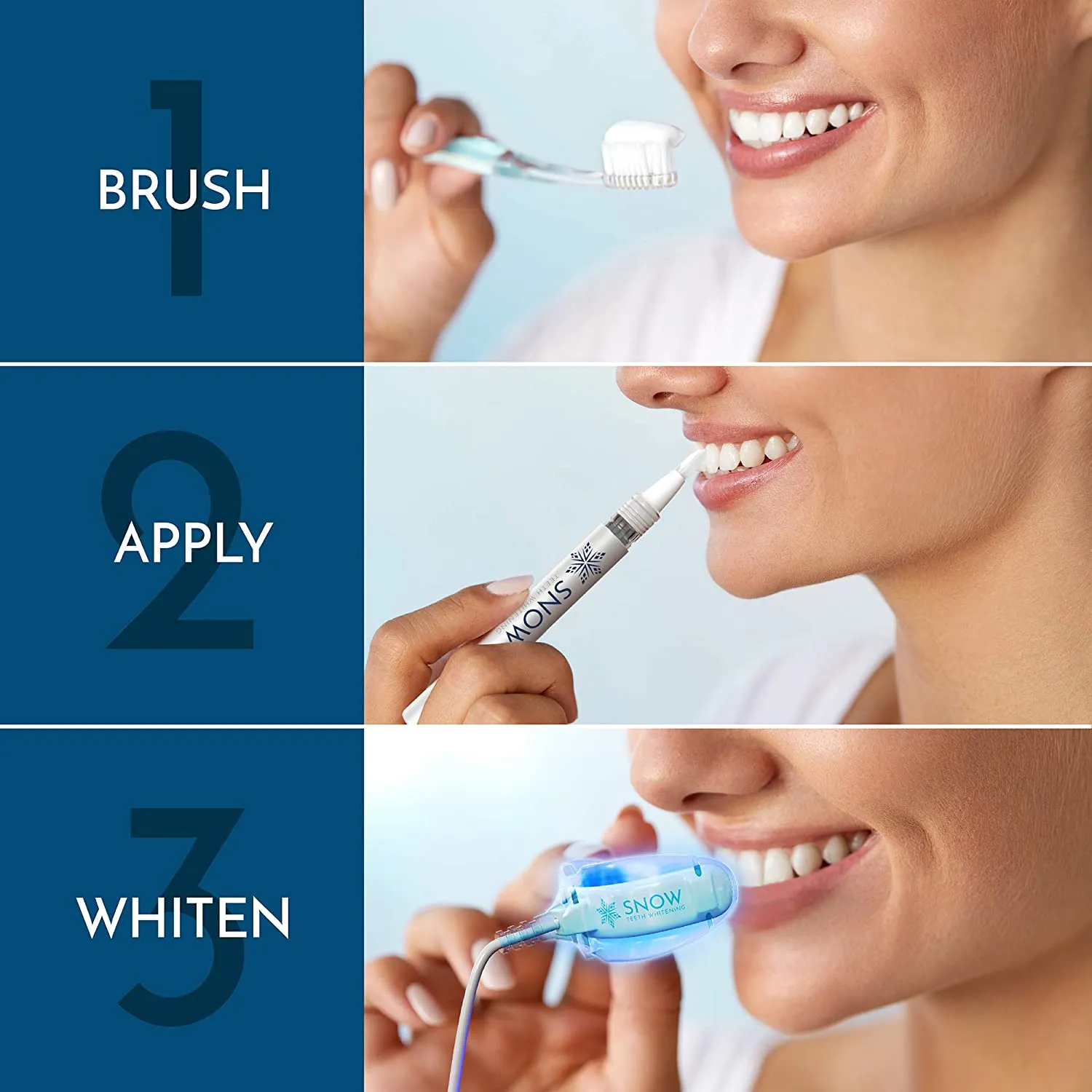
While hydrogen peroxide or carbamide peroxide are the active whitening ingredients, there are other ingredients to be aware of. Avoid kits that contain excessive amounts of abrasive materials, as these can damage the enamel. Be cautious of products that contain harsh chemicals or artificial additives. Review the ingredient list carefully, and if you have any concerns or allergies, consult with your dentist before use. Choosing kits with fewer and more natural ingredients can often minimize the risk of adverse reactions. Always prioritize your oral health and safety when selecting a teeth-whitening product.
Professional vs. At-Home Kits
Both professional and at-home LED whitening kits have their pros and cons. Professional treatments, performed by a dentist, typically use higher concentrations of whitening agents and can provide faster and more dramatic results. They also offer the advantage of professional supervision and guidance, minimizing the risk of complications. At-home kits are more convenient and affordable, but they may not be as effective and carry the risk of improper usage. Consider your budget, desired results, and comfort level when deciding between these two options. Consulting with your dentist is the best way to determine which option is right for you.
Alternatives to LED Whitening
If you’re seeking alternatives to LED whitening kits, several options are available. Over-the-counter whitening toothpastes and mouthwashes can help remove surface stains and maintain brightness. Whitening strips are another popular choice, offering a convenient way to whiten teeth at home. For more significant whitening, your dentist can provide professional treatments, such as in-office bleaching or custom-fitted trays. Veneers and bonding are options for more substantial cosmetic improvements. The best alternative depends on your individual needs, preferences, and the degree of whitening you desire. Discuss these options with your dentist.
Other Teeth Whitening Methods
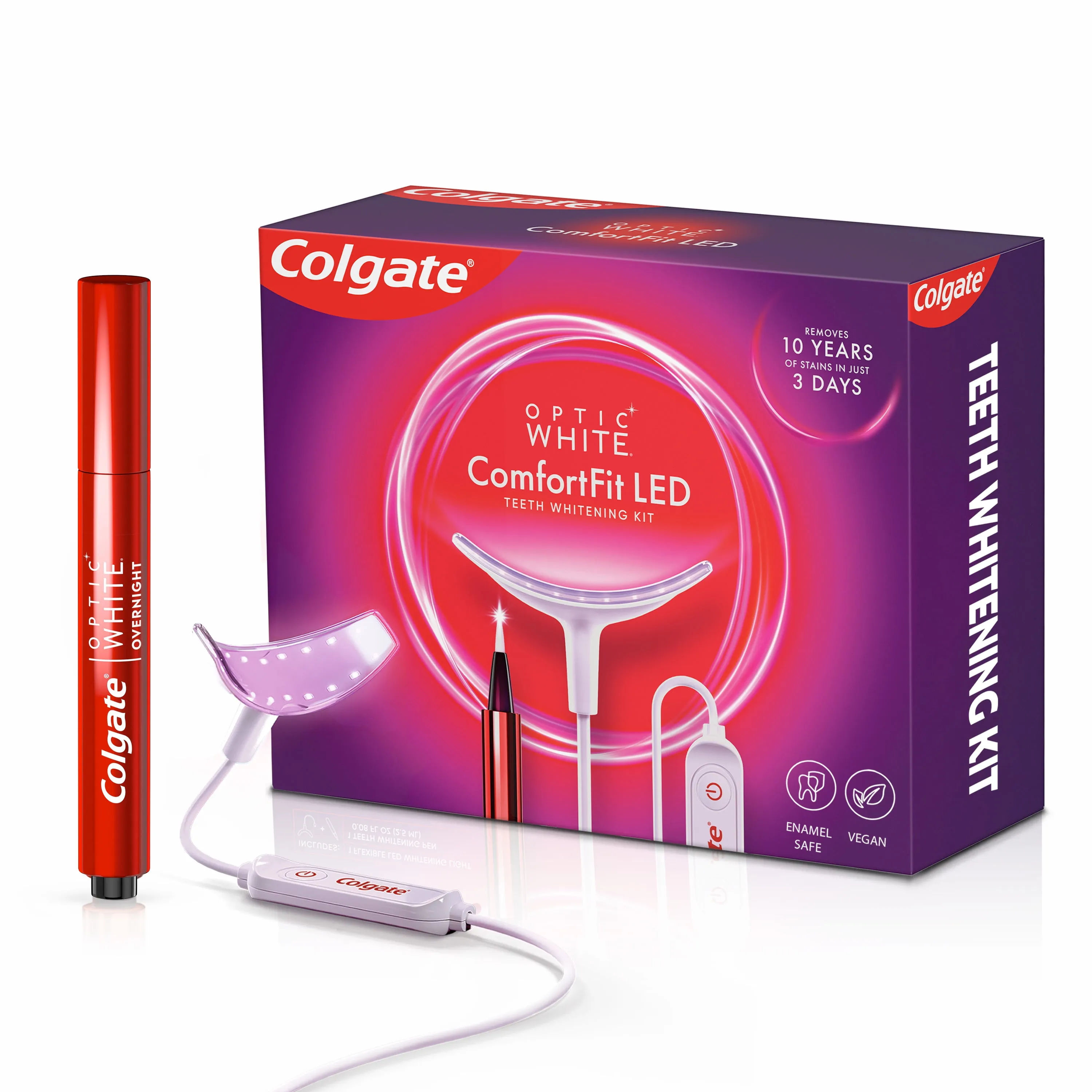
Beyond LED kits and professional treatments, other teeth-whitening methods exist. Whitening toothpastes contain mild abrasives and chemicals that help remove surface stains. Whitening mouthwashes work similarly. Tray-based systems, where custom-fitted trays are used with a whitening gel, are another option. These can be prescribed by your dentist or purchased over-the-counter. The choice of method depends on the severity of the discoloration, your budget, and your preference for convenience and effectiveness. Discuss the various methods with your dentist to find the best fit for your specific needs and oral health.
Maintaining Your White Smile
Maintaining a bright smile after whitening requires consistent care. Regular brushing and flossing are essential to remove plaque and prevent stains. Avoid or limit consumption of staining foods and beverages, such as coffee, tea, red wine, and berries. Consider using a whitening toothpaste to help maintain your results. Regular dental checkups and cleanings are important for overall oral health and can help remove surface stains. With proper care and attention, you can enjoy a dazzling smile for a long time.
Tips for Long-Lasting Results
To extend the life of your whitened smile, adopt these helpful tips. Practice excellent oral hygiene by brushing twice daily and flossing once a day. Avoid or minimize the consumption of staining foods and drinks. Use a straw when drinking staining beverages to minimize contact with your teeth. Consider touch-up treatments as needed, either at home or with your dentist. Schedule regular dental cleanings to remove surface stains. Protect your teeth from further staining by avoiding tobacco products. Following these tips will help you enjoy a brighter, more confident smile for years to come. Remember, consistency is key to long-lasting results.
In conclusion, while LED whitening kits offer a convenient way to brighten your smile, their safety depends on various factors, including the kit’s quality, the user’s oral health, and adherence to instructions. Potential risks such as sensitivity and irritation do exist, but they can be minimized with careful product selection, proper usage, and awareness of potential side effects. By understanding how these kits work, knowing the potential risks, and following safety guidelines, you can make an informed decision about whether LED whitening is right for you. Consulting with a dentist before starting any teeth-whitening treatment is always recommended to ensure both safety and the best possible results, ultimately achieving a healthy and radiant smile.
